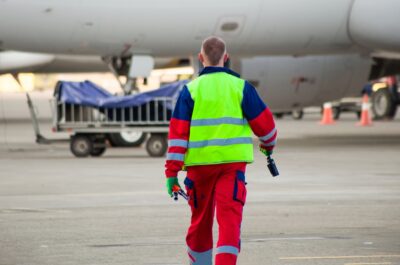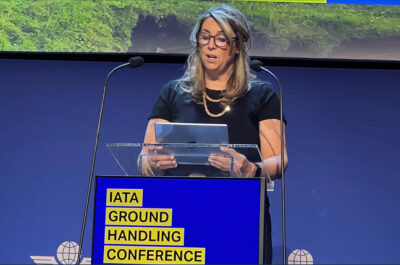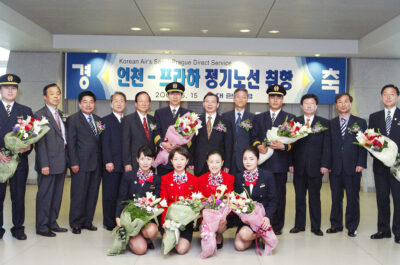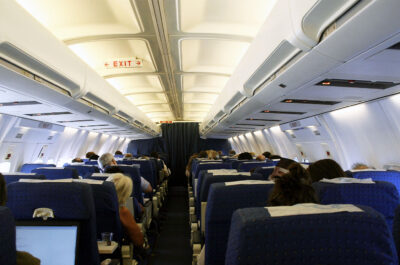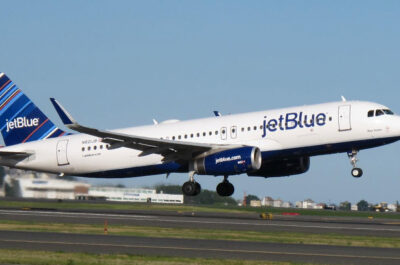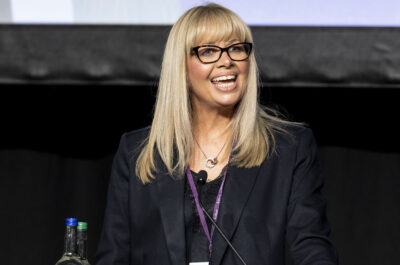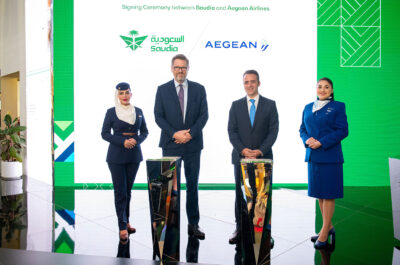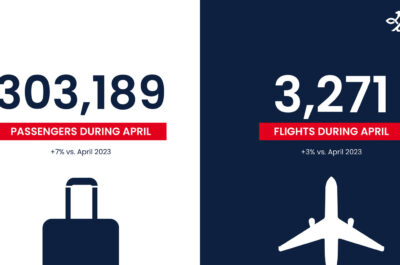The International Air Transport Association (IATA) Operations Committee (OPC) identified air traffic management (ATM) capacity and efficiency improvements and harmonizing safety regulation as priority areas for the association.
The International Air Transport Association (IATA) Operations Committee (OPC) identified air traffic management (ATM) capacity and efficiency improvements and harmonizing safety regulation as priority areas for the association.
These priorities were reiterated by Tony Tyler, IATA’s Director General and CEO. “We simply cannot afford to accept inefficiency and waste in any aspect of our business, not if it is to be made sustainable. And everyone involved in the airline industry -and the value chain for that matter-must keep that in mind,” said Tyler in a keynote address at the Ops Conference which took place alongside the OPC meeting.
Key developments from the OPC and Ops Conference included:
Enhanced IOSA: The IATA Operational Safety Audit (IOSA) is marking its first decade of contributing to aviation’s commitment to continuous improvements in safety. The conference gave a strong endorsement for Enhanced-IOSA which will be implemented by September 2015. Enhanced IOSA will include measures to ensure continuous conformity with IOSA standards and recommended practices (ISARPS) through quality control processes and self-auditing in between IOSA’s two-year audit cycle.
Action Plan for the Single European Sky (SES): IATA joined with four other organizations to formulate an Action Plan for the SES. The Action Plan provided a framework for IATA, the Association of European Airlines (AEA), Eurocontrol, Swiss Air Navigation Service Provider (ANSP) Skyguide, Civil Air Navigation Services Organization (CANSO) and the International Federation of Air Traffic Controllers’ Associations (IFATCA) to work together in providing practical impetus to achieving the SES. The Action Plan includes novel ideas such as the reduction of infrastructure duplication with centralized services and evolving the Virtual Air Traffic Control Center concept to utilize cloud technology.
The Action Plan follows the early February, publication by IATA, AEA and the European Regions Airline Association of ‘A Blueprint for the Single European Sky’. Among the report’s recommendations are to reduce air traffic control centers to not more than 40 from the present 63, and to reduce the ratio of back-office staff to controllers from 2.4:1 to 1.6:1.
Harmonization and efficiency: Support was expressed for several key initiatives:
- Air Traffic Management: ANSP improvements along major traffic flows must be consistent with the International Civil Aviation Organization’s (ICAO) global harmonization framework and the Aviation System Block Upgrades (ASBU). In line with this, the concept of “Most Capable Best Served” is being promoted as a means to ensure that airlines receive the maximum return from their investment in on board Communication, Navigation and Surveillance technology and crew training.
- Safety Regulation: The proliferation of OpsSpec requirements is a growing frustration for airlines. Governments are urged to focus on global standards using the Air Operator’s Certificate database developed by ICAO for safety management. “Airlines face a blizzard of individual state requirements that are not aligned with ICAO standards. ICAO has done a great job in developing the database, but governments need to use it to achieve global harmonization,” said Guenther Matschnigg, IATA’s Senior Vice President, Safety, Operations and Infrastructure.
- Training: Governments were urged to modernize pilot training in line with the challenges of advanced highly-automated aircraft and the growing demand for pilots. The industry supports a competency based training system as recommended by the IATA Training and Qualification Initiative (ITQI). “We need global cooperation to achieve a harmonized regulatory framework that will allow for a flexible, highly qualified workforce,” said Matschnigg.
- Operational Efficiency: The US Federal Aviation Administration and the European Aviation Safety Agency were urged to take a leadership role in facilitating the transition to paperless operations for maintenance and technical record keeping as well as for the transfer of aircraft between operators and states.
It was also announced that Guenther Matschnigg will retire from IATA at the end of 2013. “Guenther has provided strong leadership in the areas of safety, operations, security and infrastructure during his 14 years with IATA. The IOSA program was his idea and developed under his careful watch. His years at IATA saw tremendous progress in safety, the development of Chinese airspace and the global conversion to reduced vertical separation. Finding a successor to fill his shoes will be a challenging task,” said Tyler.
The OPC took place alongside the IATA Ops Conference which was jointly hosted by IATA and Austrian Airlines in Vienna.
Theodore is the Co-Founder and Managing Editor of TravelDailyNews Media Network; his responsibilities include business development and planning for TravelDailyNews long-term opportunities.
















